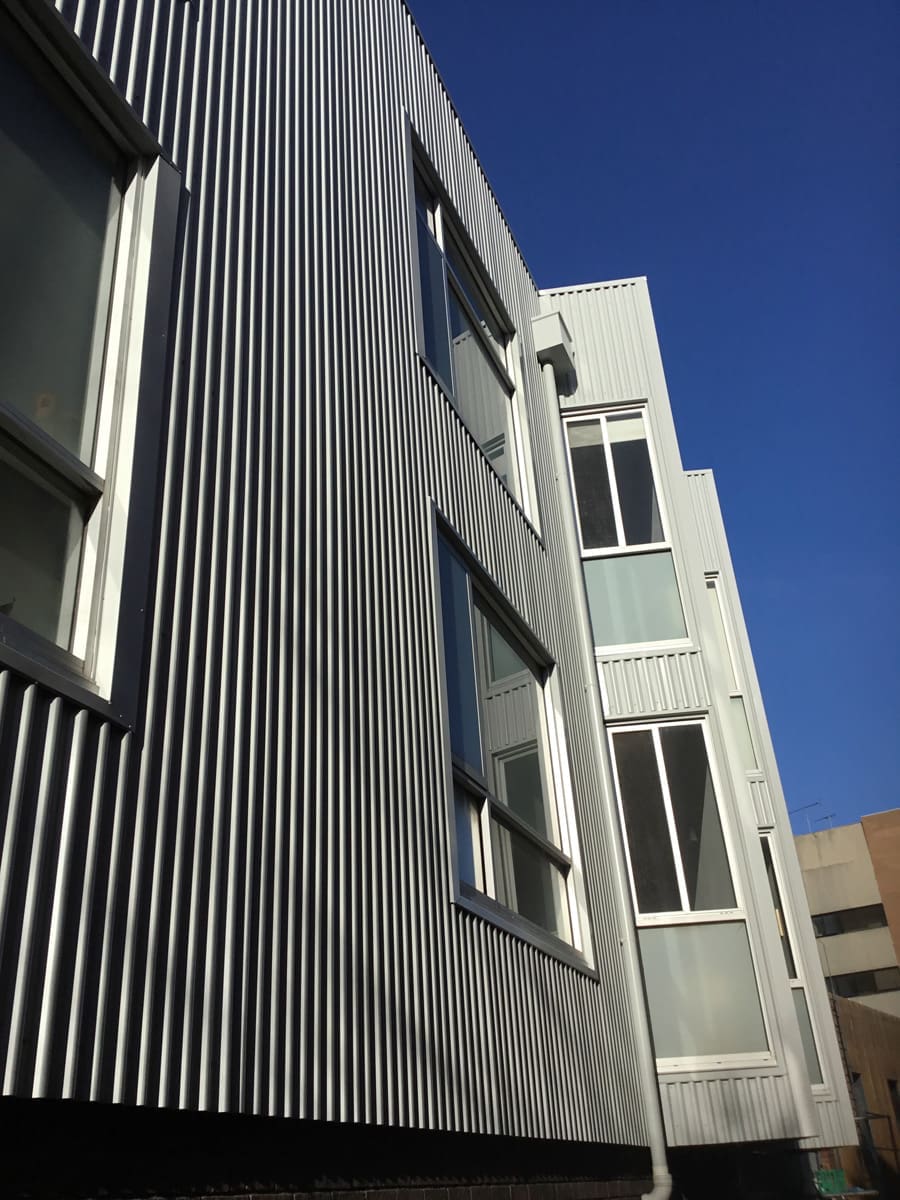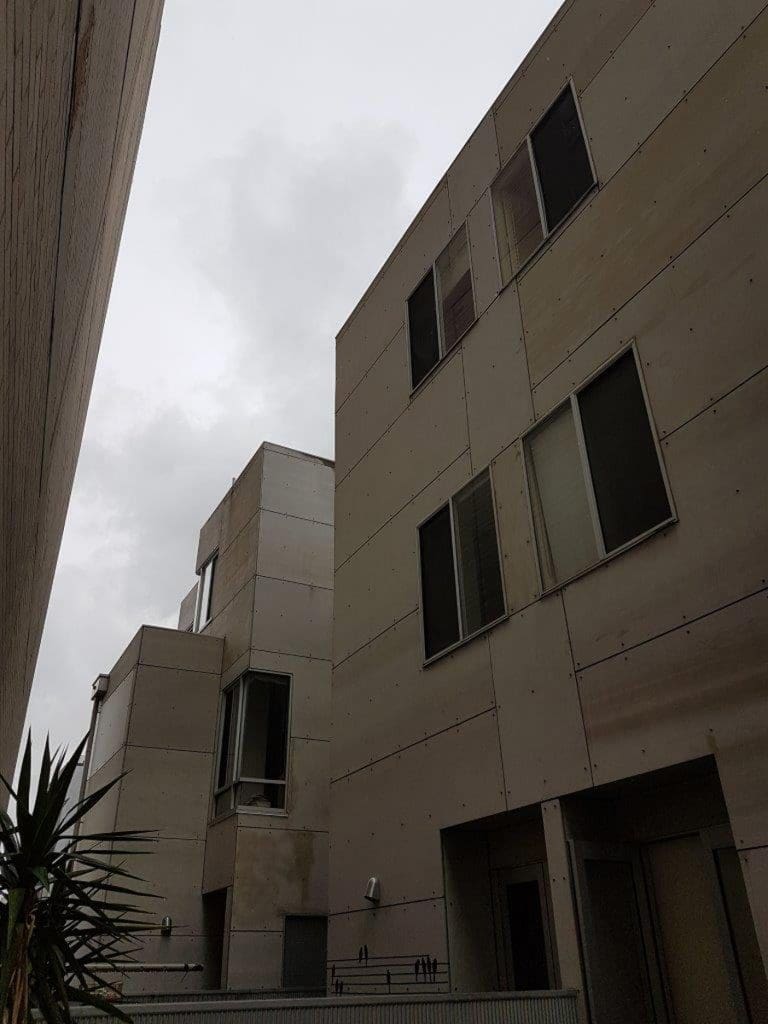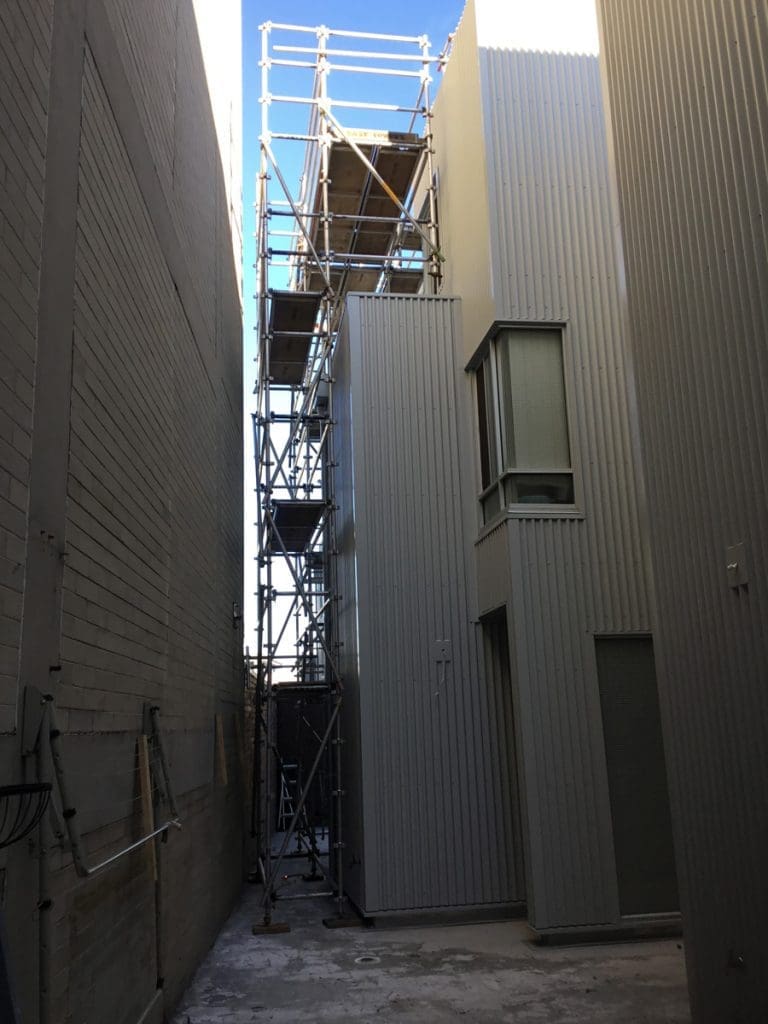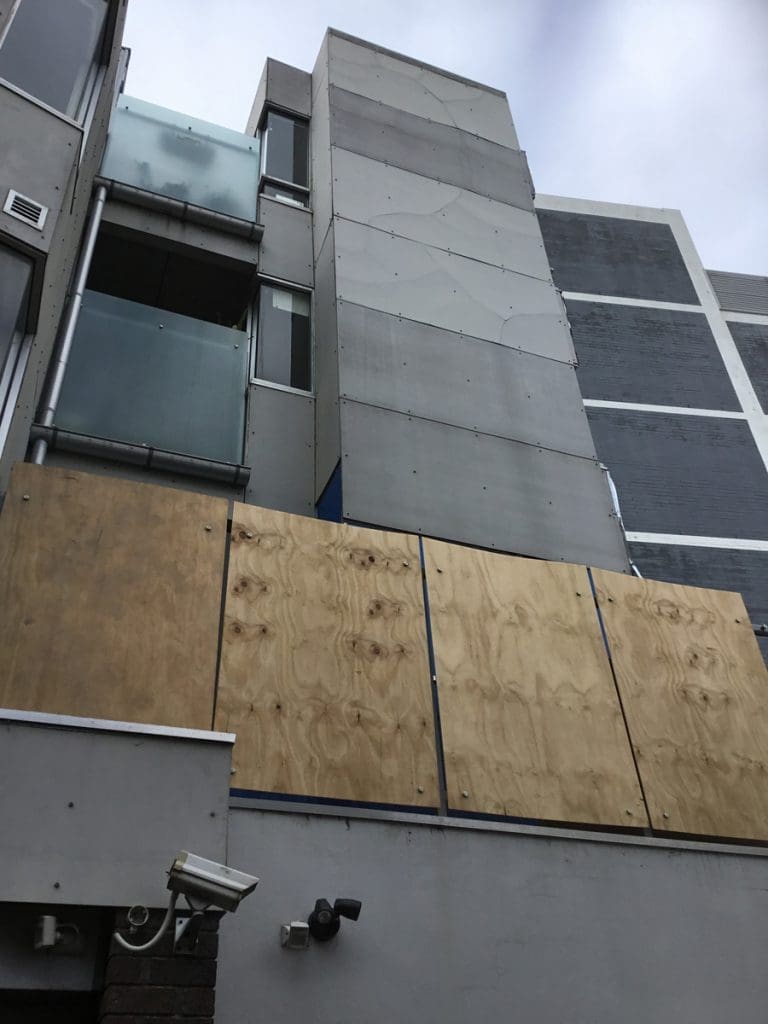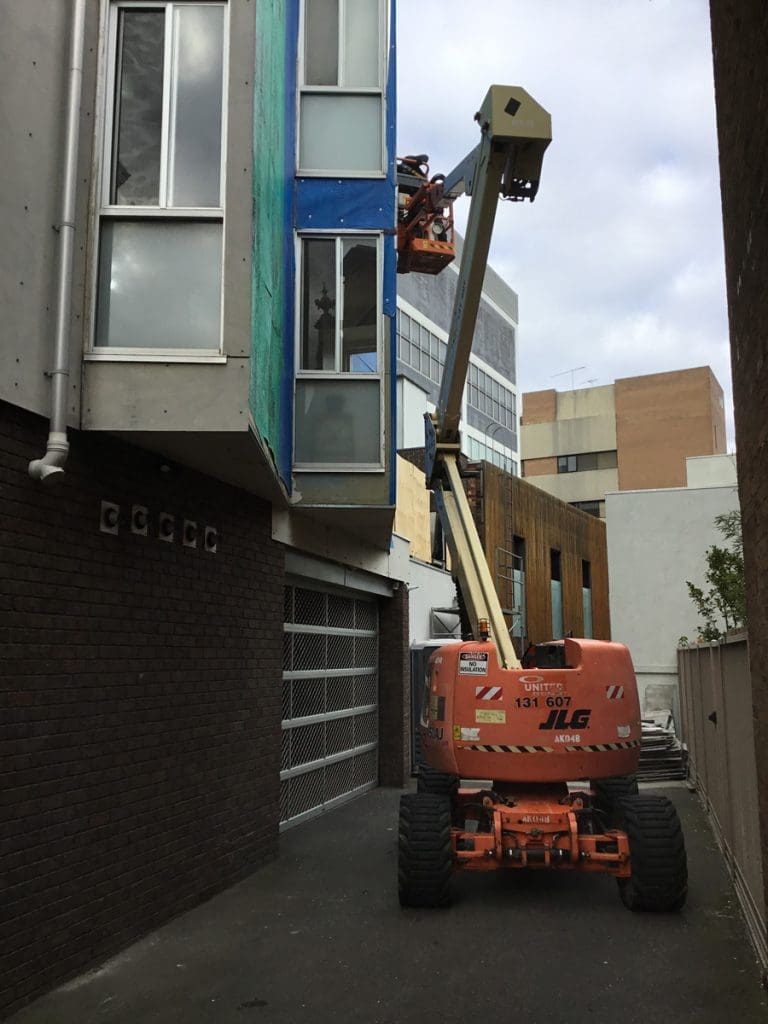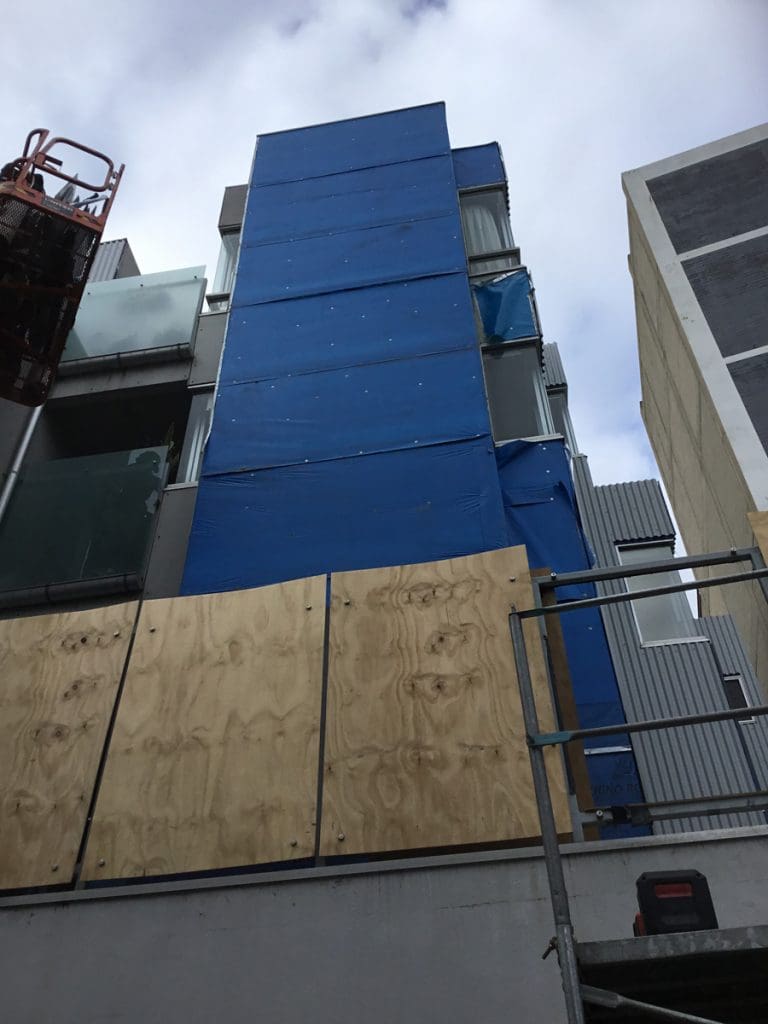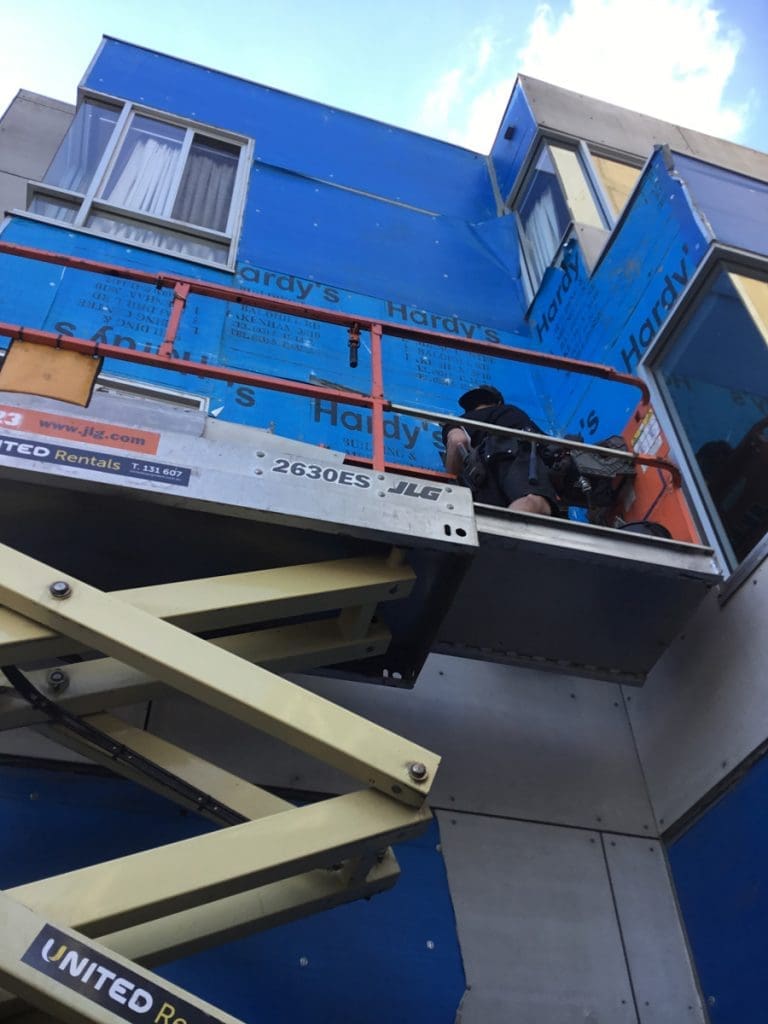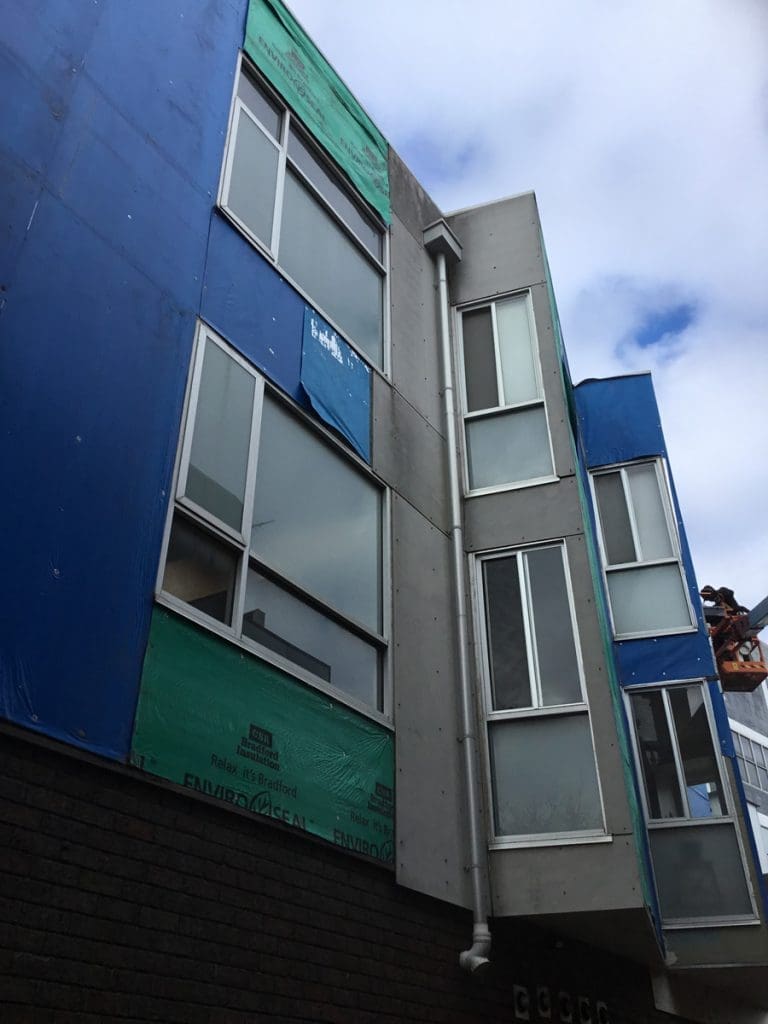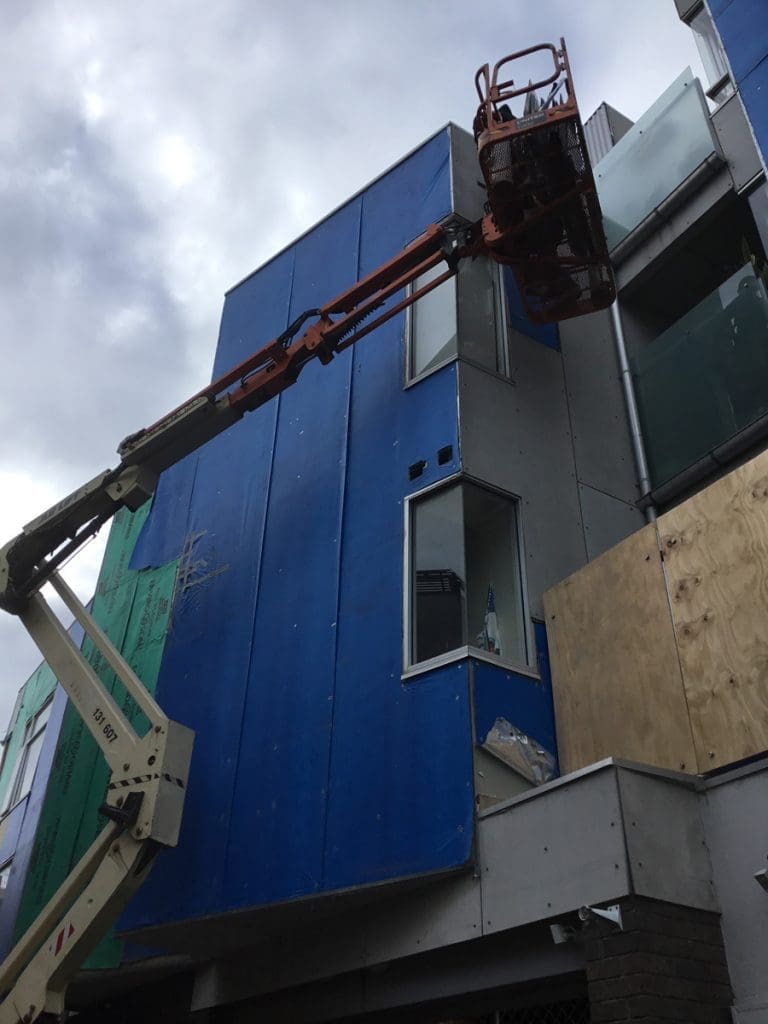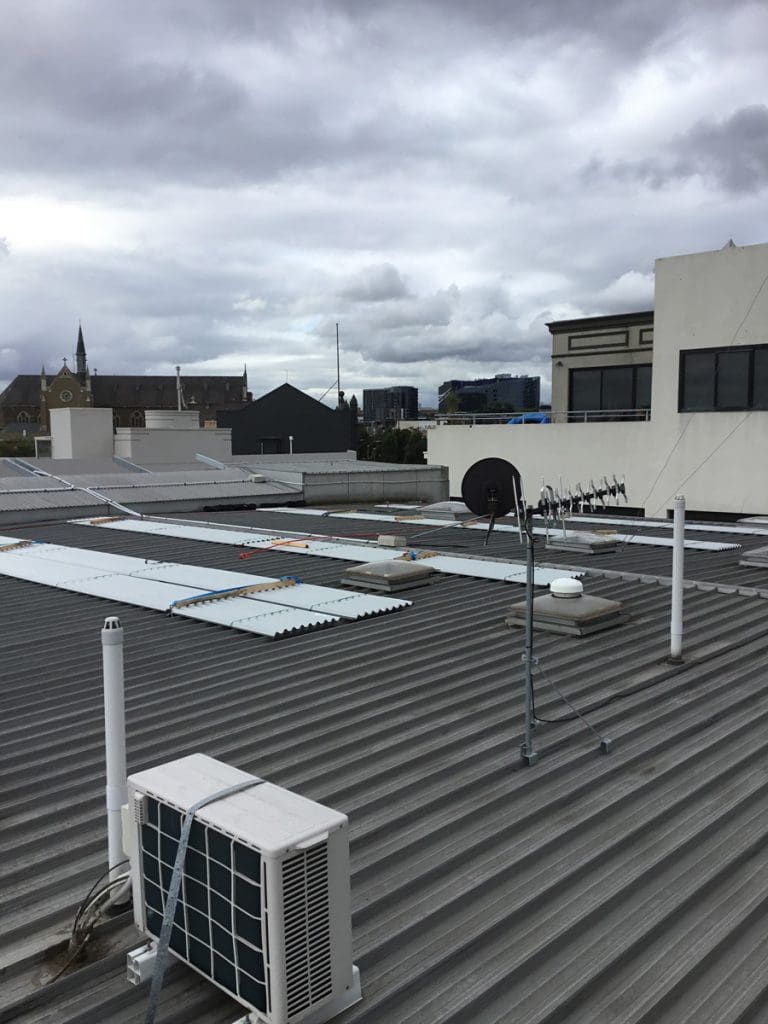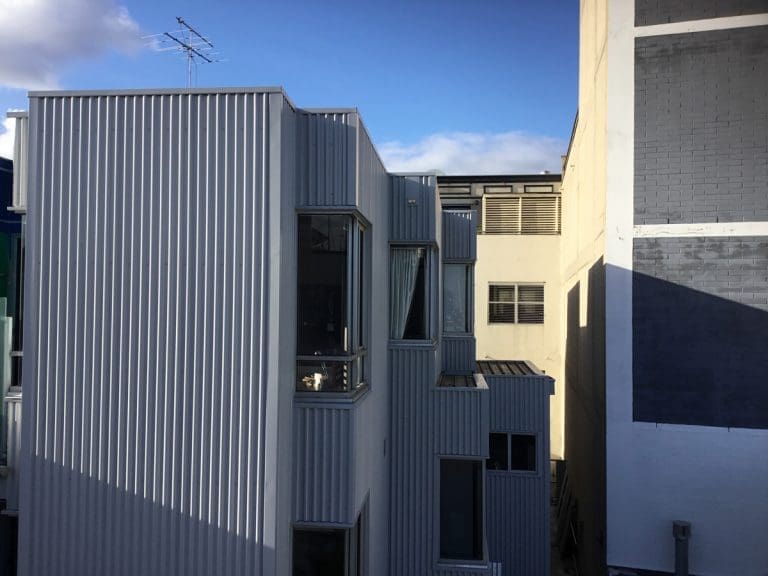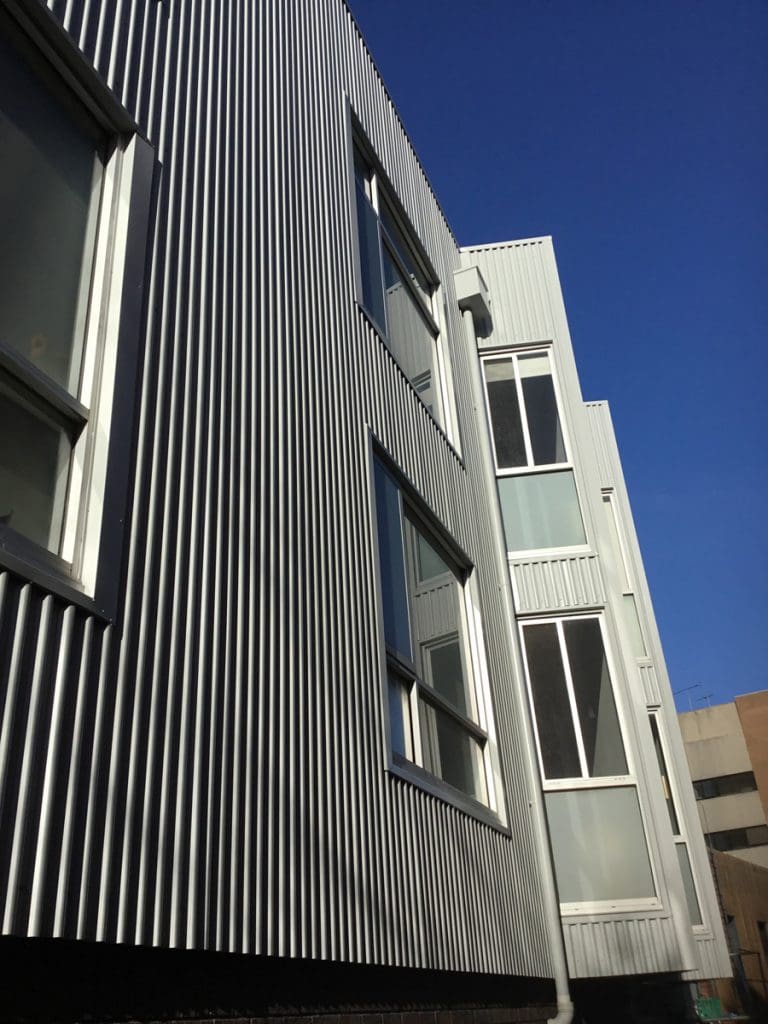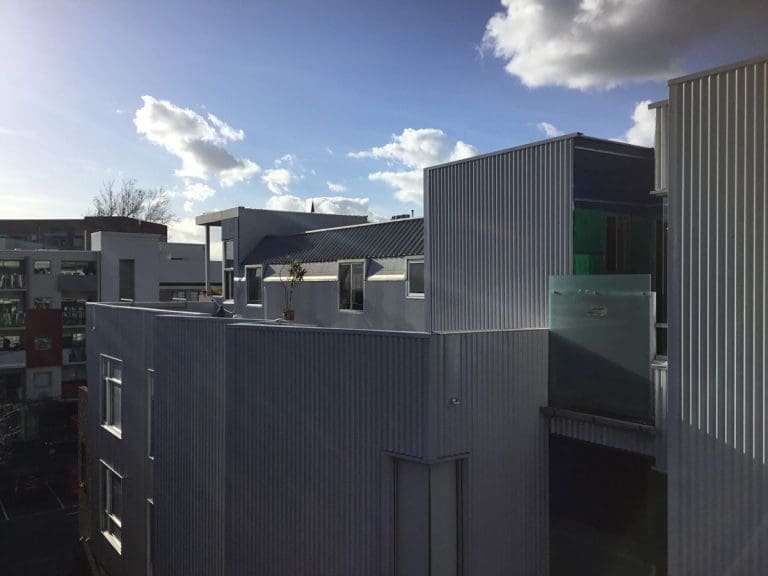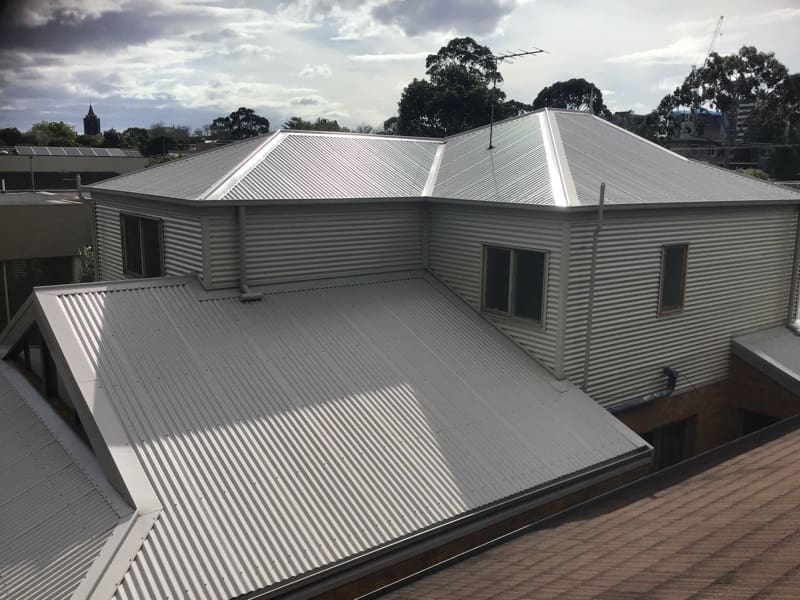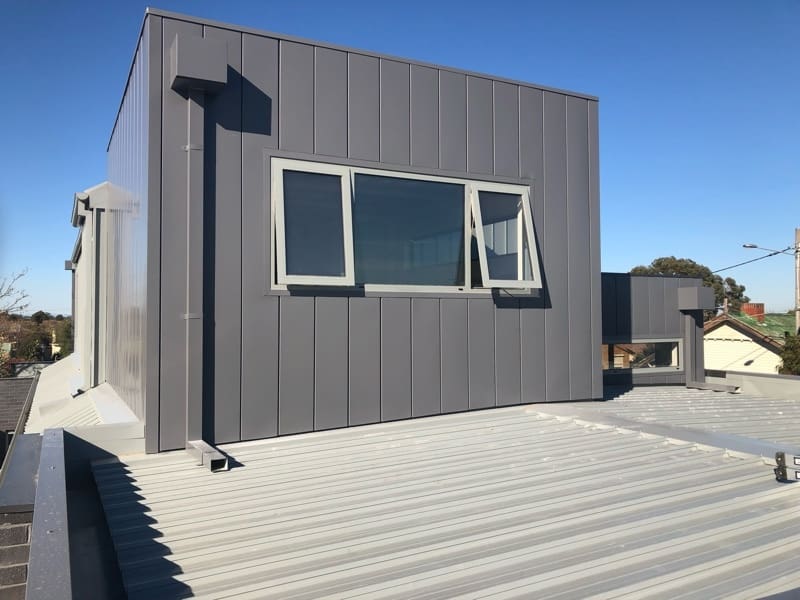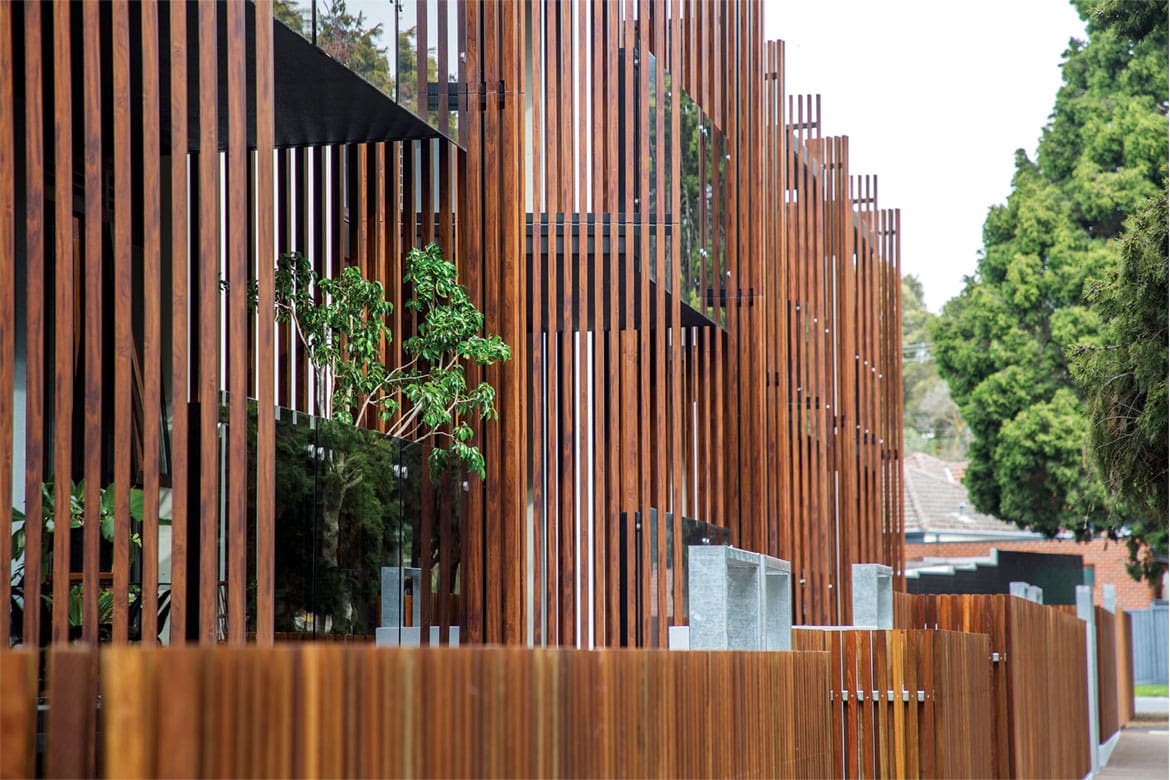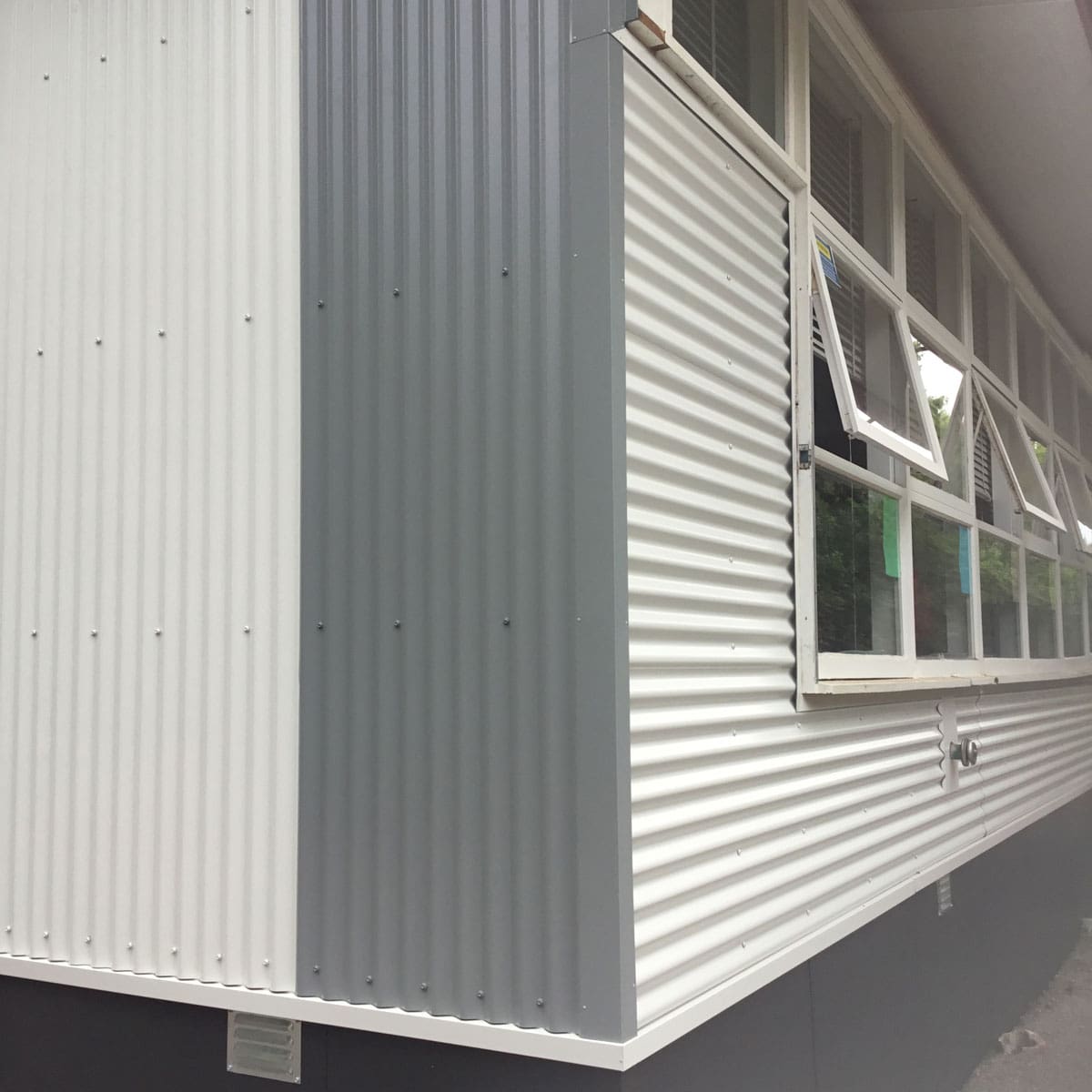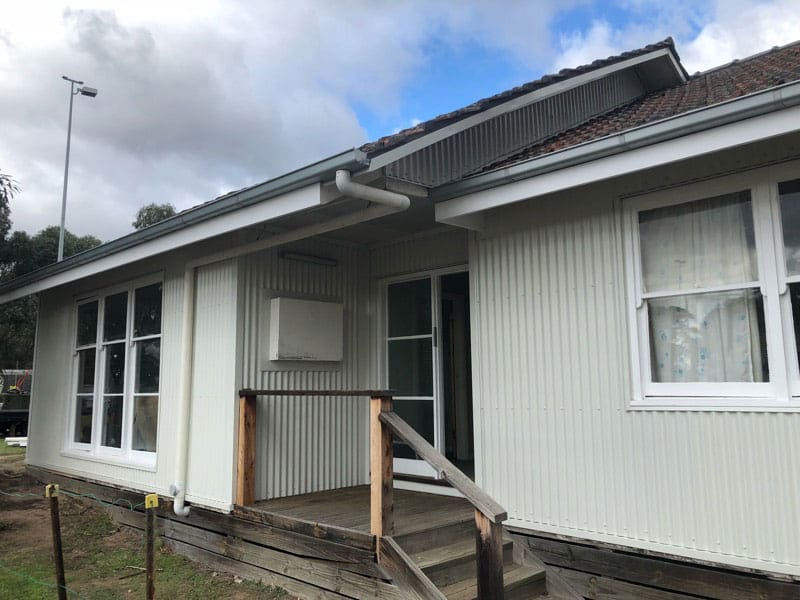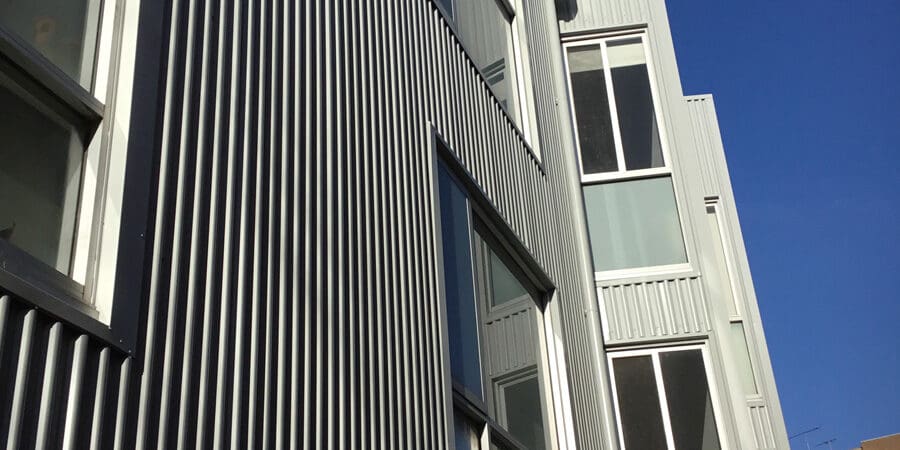
Choosing the right external wall cladding for your home is important. Not only for aesthetic appeal, but also for the safety and durability of your home.
The devastating 2017 Grenfell Tower fire in London resulted in one of the deadliest fires to impact a residential building in decades. It also highlighted the dangers of unsafe cladding materials. So, how did it happen? An electrical fault in a fridge sparked the fire, which would’ve been contained in a normal setting. However, the flames spread quickly as the cladding was made of flammable aluminium composite material.
The tragedy led to urgent global reviews of external wall cladding safety standards. In Victoria, this issue became pressing in 2022 when the Victorian Building Authority identified over 1,400 buildings with non-compliant, highly-combustible cladding–posing a significant safety risk to both residents and property managers.
So, what types of wall cladding are considered secure, and when is it time to replace your exterior wall cladding? We’re here to guide you through everything you need to know about cladding replacement in Melbourne.
What are the Benefits of Cladding Your House?
In 2024, cladding made up 34% of external wall types in Australia. But, what makes external wall cladding so popular? Beyond enhancing your home’s aesthetic appeal, cladding provides essential protection from harsh weather conditions, while its durability helps maintain your property’s structure and longevity. The right cladding also offers fire-resistance, as well as thermal and sound insulation to contribute to a safer and more energy-efficient home.
What’s the difference between wall cladding and wall panelling?
While wall cladding and wall panelling may sound similar, they serve different purposes.
- Wall panelling is primarily used for decorating interior walls and providing additional insulation.
- Wall cladding is designed to protect the exterior of a building from weather damage while also enhancing energy efficiency.
What are the different types of house cladding?
There are several types of house cladding available, each offering unique benefits and aesthetics. These include:
- Fibre cement sheeting
- Autoclaved aerated concrete (AAC), a lightweight, rendered form of cement
- Composite cladding
- Timber weatherboard cladding
- PVC (or vinyl) cladding
- Wooden cladding
- Metal cladding–such as COLORBOND® steel cladding
- Brick cladding
- Tile cladding
What is the Best External Wall Cladding Material?
Since each cladding is carefully designed for specific contexts and environments, there’s no one-size-fits-all solution. The best cladding comes down to your individual needs and preferences. “Depends on what style you’re going for,” wrote one user in the Aus/Renovation subreddit. “I’d go for a mix of Colorbond and hardwood vertical cladding.” With that in mind, here are a few of the best options for wall cladding, to help you make an informed choice.
Vinyl
Affordable and low maintenance, vinyl cladding offers moderate insulation and weather resistance. Certain vinyl products can help boost the energy efficiency of a home while also being environmentally friendly. When it comes to aesthetics, vinyl provides a seamless look through interlocking panels.
Metal cladding
Steel and aluminium are popular choices, with steel being highly durable and sustainable and aluminum lightweight and suitable for harsh coastal environments. Both require minimal maintenance and are available in a range of colours and styles. In addition, steel cladding–like COLORBOND® steel–is one of the highest fire-resistant materials available, due to its non-combustible nature and ability to withstand high temperatures.
“In terms of pros and cons, metal tends to be pricey to build but cost very little maintenance,” wrote a verified Engineer user in the Aus/Renovation subreddit. “Render tends to be moderately priced and needs moderate maintenance. Anything that gets painted tends to need the most maintenance.”
Fibre cement cladding
Durable and low maintenance, fibre cement cladding resists fire, rot, moisture, and termites. Made from sand, cement, and cellulose fibres, it’s an affordable option that offers energy efficiency and versatile finishes.
TImber weatherboard cladding
Timber weatherboards provide a classic look, and when built well are very durable. They are also sustainable and weatherproof, but certain timbers can be an issue for bushfire impacted areas.
Composite cladding
A blend of wood fibres and plastic, composite cladding is durable, low maintenance, and resistant to fading and staining. It’s also incredibly versatile and meets fire safety standards, making it a suitable material for various building types.
Each cladding type offers unique benefits, so consider your location, budget, and design preferences when making a choice.
Is it Time to Replace Your Wall Cladding?
If you’re experiencing any of the following problems, it may be time to replace your wall cladding:
Leaking cladding
Poorly installed cladding can lead to another major, but often overlooked issue–water ingress. While this issue doesn’t always make headlines, it can cause more than just inconvenience. Over time, moisture seeping in behind the cladding can result in soggy plaster, mould growth, and even structural damage. What starts as a minor leak can quickly become a costly repair.
If your cladding isn’t properly sealed or installed, replacing it with a high-quality, weather-resistant option can help protect your home from water damage and unexpected costs later on.
Clear cracks and damage
If your house cladding looks like it needs replacing, it probably does. Cracks, discolouration, warping, and other signs of deterioration can weaken the cladding’s structural integrity. While minor damage can be easily repaired, extensive wear or large cracks often need full replacement to ensure long-term durability and protection.
Increased energy bill
Many high-quality exterior wall cladding options–such as COLORBOND® steel cladding–are designed to increase the energy efficiency of your home. So if you’ve noticed your energy bill has suddenly increased, it’s likely that the cladding’s insulating performance has declined. Replacing it can help restore energy efficiency and reduce heating and cooling costs.
How much does external wall cladding cost?
The cost depends on which material you use. However, weatherboard and timber cladding are typically the most cost-effective. It’s also important to consider environmental factors that could impact your choice. “Something to consider is how close you are to a beach, and whether you are in a fire zone,” wrote a verified Engineer user in the Aus/Renovation subreddit. “Both of which can significantly impact your options and their cost to implement.”
How is External Wall Cladding Installed?
1. Prepare the wall
Make sure it is clean and dry, and completely level. If there are any uneven areas you will need to smooth these out with a filler.
2. Measure and cut the wall cladding
Carefully measure the wall and cut the cladding panels to size using a jigsaw or circular saw to ensure a precise fit.
3. Install the starter strip
The starter strip provides support for your cladding to rest on while ensuring everything is level. Attach it securely at the bottom of the wall.
4. Add the cladding panels
Begin placing the cladding onto the starter strip from one end of the wall to the other. Make sure each panel is level and secure it with screws, leaving a slight gap between each panel to allow for expansion.
5. Attach the end caps
Cover any exposed panel edges with end caps for a clean finish, and secure them with screws or adhesive.
6. Add the final touches
Check the installation for any gaps or misaligned panels. Here’s where you can also get creative and paint the external cladding to match the colour of your home.
How we handle cladding installations in difficult environments
At Roofrite, we typically install cladding on new builds and extensions. Sometimes, our work involves replacing poorly installed cladding that has led to structural issues such as water leaks.
One recent project involved removing and replacing defective cladding on an apartment block in West Melbourne. The original installation wasn’t up to scratch, resulting in persistent leaks that needed urgent attention.
The challenge
This project involved several logistical challenges, including limited access, multiple balconies, no on-site storage, and a fully tenanted building.
Our solution
With careful planning, we managed to store most of the materials on the flat roof, ensuring they were easily accessible throughout the job. To prevent damage, we removed glass panels from the balconies before work began. Depending on the section of the building, we used a combination of scissor lifts, scaffolding, and ladders to safely install the new wall cladding.
The result
Despite initial concerns from the building manager, we ensured that even the smallest details–like repositioning taps–were handled with care. The project was completed on time and with minimal disruptions to residents.
Can I install wall cladding myself?
Technically, yes you can install cladding yourself. However, a full replacement of your wall cladding can be a big job that requires multiple workers and safety machinery. If you’re in need of a wall cladding replacement or are looking to transform an existing building, it’s best to consult a roofing professional who can assess the state of your home and inform you of your options.
Contact us today on (03) 9499 8059 for a casual, no-obligation chat to find out how we can help with your exterior wall cladding replacement.
Date
Jul 25, 2017
Read Time
8 minutes
Services
Wall Cladding
